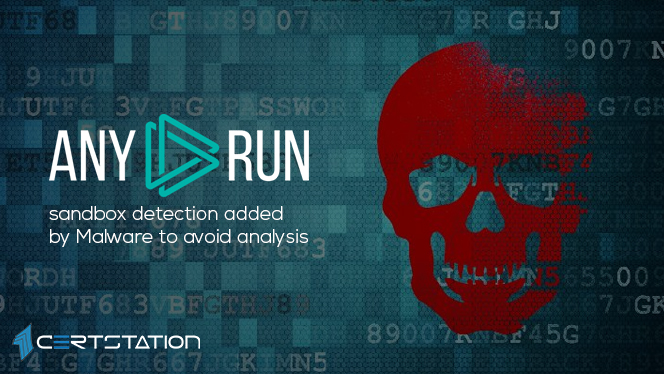

#Malware years runonly avoid detection five free#
This free tool flags suspicious artifacts within executable files and can be used to examine the embedded strings, libraries, imports, and other indicators of compromise (IOCs) in a file. One of the free tools that you may find useful for this purpose is PeStudio. Static malware analysis examines a malware sample without executing it.
#Malware years runonly avoid detection five code#
In the context of ransomware, static file analysis looks for known malicious code sequences or suspicious strings, such as commonly targeted file extensions and common words used in ransom notes. Static file analysis is a type of malware analysis that looks at whether an executable file is suspicious without actually running the code. To see if this file is potentially ransomware (or any malware for that matter), one option is to do static file analysis. Making matters worse, the hash of the file isn’t on VirusTotal and you can’t find any information on the Internet to determine if the file is malicious or not.

The alert is rather vague but is reporting that the file is potentially malware.

Let’s say you’re on an IT or security team and an alert has triggered on a key server within the organization. Measure changes of files’ data (Entropy).Dynamic monitoring of mass file operations.In this post, we’ll look at 5 ransomware detection techniques and their pros and cons. As a result, businesses should be using multiple different ransomware detection techniques, fully aware of the pros and cons of each. Attackers use obfuscation and evasion techniques to avoid detection, and new ransomware variants are being produced every day. And when it does, we want to detect it right away so we can stop it from moving through your network and encrypting any valuable or sensitive files.īut detecting ransomware can be tricky. You see, ransomware will get through your systems one way or another. Great! But what if you had an alarm system and could take action as soon as the wolf got through your fence, before it started attacking at all? That’s what detection is all about.ĭetection sits right between both prevention and response, and it’s a critical first defense against ransomware. You have an air horn to scare away the wolf in the event of an attack: that's response. You’ve installed a fence: that’s prevention. Let’s say you’re a farmer taking care of a flock of sheep and you’re worried about wolves. To understand why, just consider the following example. Actually detecting the ransomware, however, is just as important to securing your business. In the fight against ransomware, much of the discussion revolves around prevention and response.


 0 kommentar(er)
0 kommentar(er)
